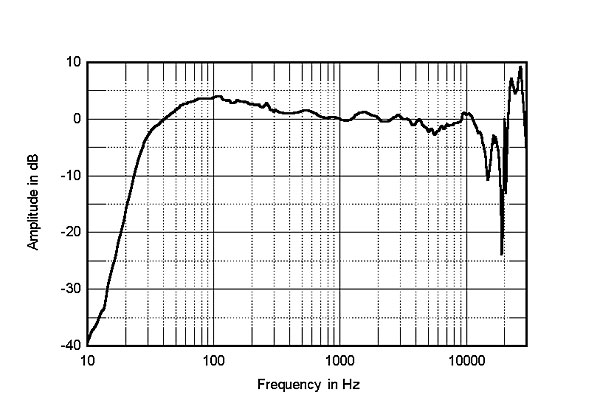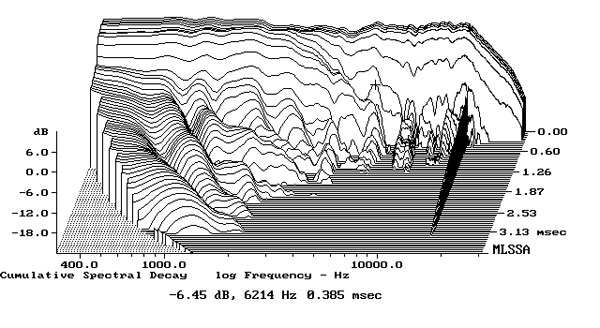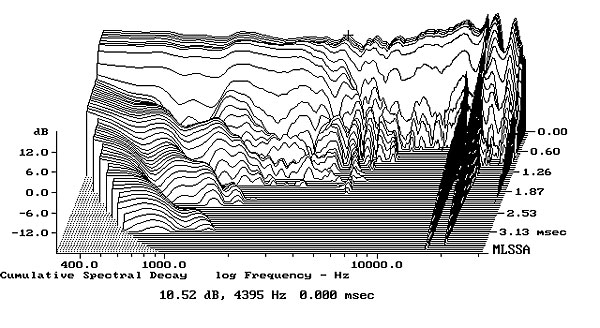Mr Underhill
pfm Member
Hi Mr U,
Are you sure you can't survive the prelude to R. Strauss' Also Sprach, or the 3rd mvt of Saint-Saens' Organ Symphony?
But any good classical music recording with some bowed double bass should do the trick. Jazz and rock bass notes are almost always plucked or strummed and that's easy.
The problem with smaller speakers is not just the size of the box or the diameter of the woofer but also the use of a higher tuning frequency on the bass-reflex. It makes for a mushy sound that's lacking in crispness and tonal descrimination. Bass-reflex (and TL) is a crutch...
R
Oh yes, although I am only a Man and not a Superman I can survive Also Sprach!
I was interested to get a feel for what you meant by sub-bass. Interestingly, for me at least, I have been forced to move away from my speakers of the last two years, Focal 1008be. I used the with a BK 400 sub very happily .....eventually. To help me out in the meanwhile a friend lent me a pair of Naim SBLs. The character of these speakers is infectious. The bass is without bloom and boom and the detail that is rendered is excellent. In terms of double bass the detail is there without overwhelming the mid-band; I have not only adjusted the sub but reduced its output to positive effect.
Back to normal programming.
A few years ago I spoke to Tim de Paravicini about his recommendations to work with amps, which I use, and the Grahams 5/9 was his first suggestion.




